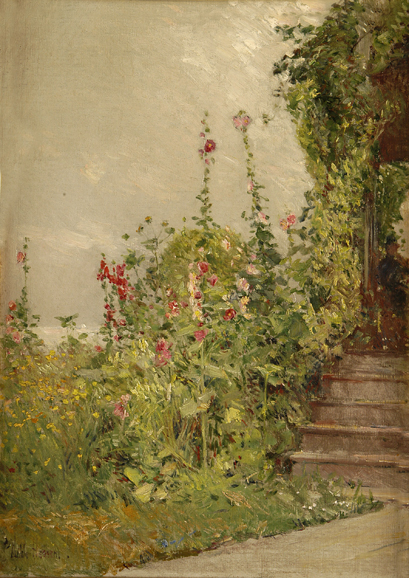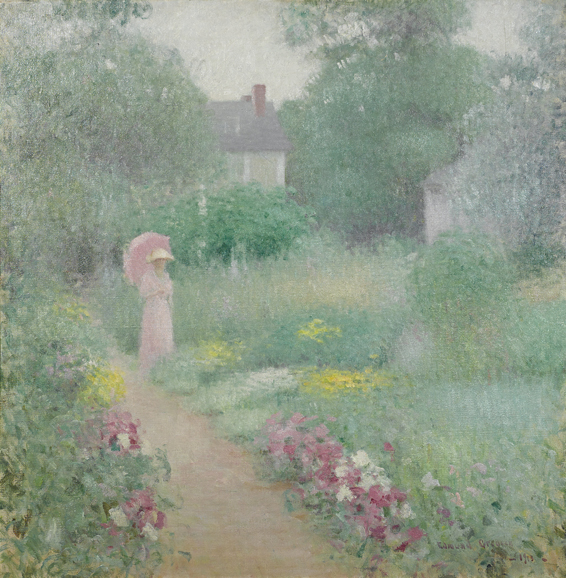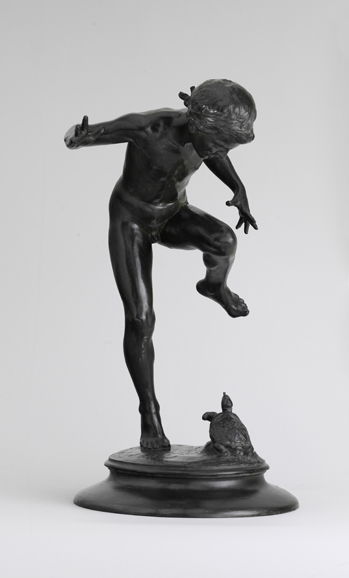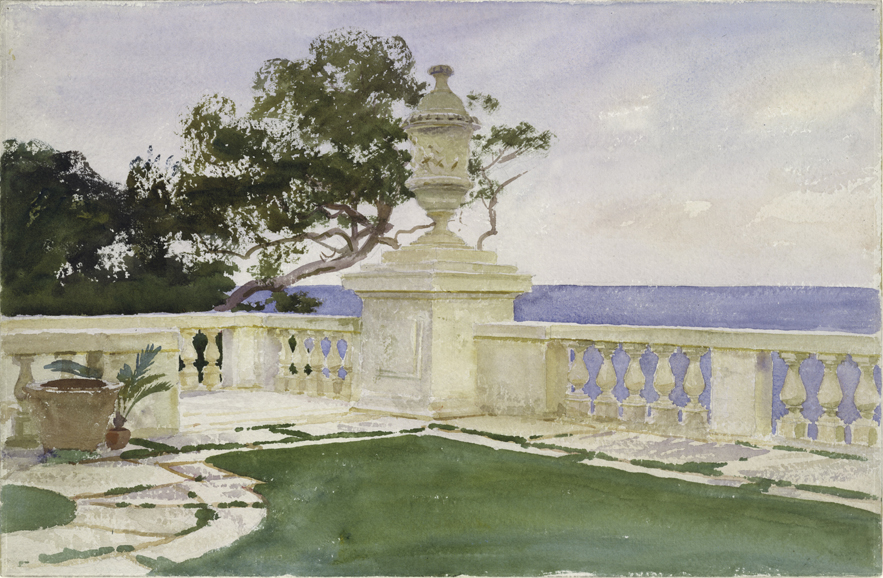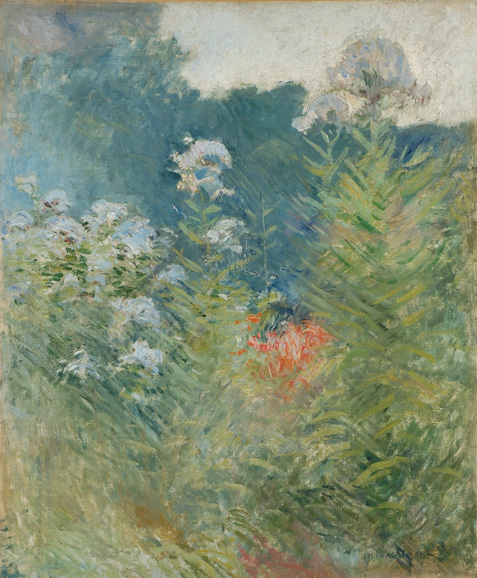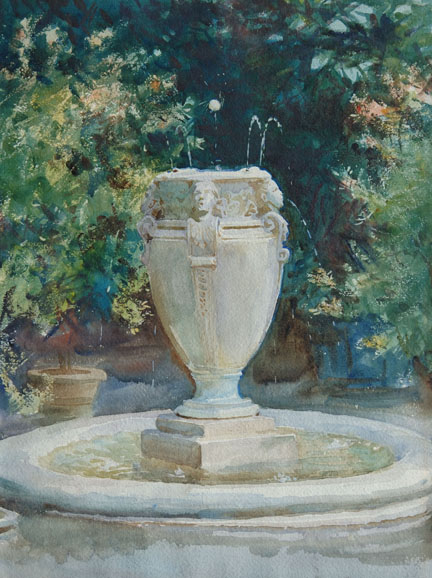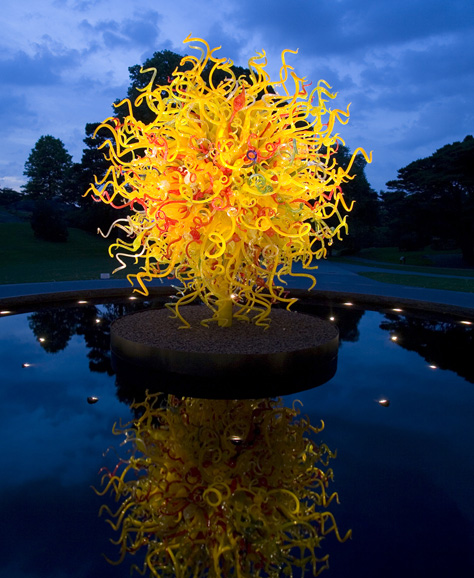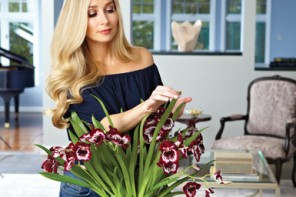This year marks the 125th anniversary of a place that was incorporated in northernmost New York City “for the collection and culture of plants, flowers, shrubs and trees; the advancement of botanical science and knowledge; and the entertainment, recreation and instruction of the people.”
With such a culturally varied mandate from the New York state Legislature, it’s no surprise that the New York Botanical Garden will be celebrating way into 2017. And how: The garden announced recently that it’s bringing back an artist whose glassworks galvanized the 250-acre site in 2006. Dale Chihuly’s brilliantly colored, kinetic glass sculptures — which might be described as a form of liquid light — will electrify the campus from The Leon Levy Visitor Center at one end through The Native Plant Garden and Enid A. Haupt Conservatory to the LuEsther T. Mertz Library at the other.
Why bring back the Seattle-based Chihuly next spring? Why not showcase an up-and-coming New York area artist? These were among the questions posed at a press luncheon at NYBG’s Hudson Garden Grill Restaurant announcing the exhibit. It’s not merely a question of a name artist but of a continuing dialogue between a sculptor and a site, both of whom have continued to grow, said Todd Forrest, the garden’s Arthur Ross vice president for horticulture and living collections.
“The garden is in the midst of an historic restoration,” he said. At the time of the last Chihuly show, “The Visitor Center was brand new… and The Native Plant Garden, which opened in 2013, wasn’t around…. The biggest change is that the Library will be part of it, with a new work for ‘The Fountain of Life,’” which graces the entrance to the library.
The exhibit — which will be on view April through October, dates were still being arranged at press time — will feature “Chihuly Nights,” with every sculpture illuminated, as well as works on paper in the library’s Rondina and LoFaro Gallery. It’s yet another example of the garden’s evolution beyond horticulture into one of the premier attractions, drawing on an array of arts and foods. The Alhambra show in 2011 featured tapas and flamenco along with plants native to Spain’s Moorish treasure. The exhibit on Monet’s Giverny the following year included French cuisine and poetry by Charles Baudelaire, Paul Verlaine and Arthur Rimbaud. Last year’s Frida Kahlo celebration drew 525,000 visitors — a record for an NYBG art and garden show — with taco trucks and “Frida al Fresco” evenings complementing a botanical recreation of Casa Azul, the artist’s vibrant Mexican home.
This season should be no different as everything from John Philip Sousa marches to New Orleans jazz provides the soundtrack for “Impressionism: American Gardens on Canvas” (May 14-Sept. 11). This latest NYBG marriage of art and the garden will present many of the plants — including hollyhocks, foxgloves, lilies, poppies, daisies, hydrangeas and roses — along with garden ornaments found in the works of those artists who brought a new crispness and muscularity to Impressionism at a time when the focus in landscape architecture was shifting from the grand to the intimate and America was coming into its own as a world power (1887-1917). The American Impressionists — including William Merritt Chase, Childe Hassam, John Henry Twachtman and the expatriate John Singer Sargent — were often amateur gardeners themselves, painting singly and together in summer colonies that dotted Connecticut in particular. (Among the most prominent of these was the Cos Cob Art Colony at the Bush-Holley House, part of the Connecticut Art Trail.)
“Impressionism: American Gardens on Canvas” will include the misty pastel romance of Edmund William Greacen’s “In Miss Florence’s Garden” (1913), an oil painting inspired by the garden of Florence Griswold’s Old Lyme boardinghouse (once home to the Lyme Art Colony and now the Florence Griswold Museum). Also of local interest will be the creamy pastel splendor of Sargent’s “Vase Fountain, Pocantico” (1917), a watercolor that Sargent did at Kykuit — the historic Rockefeller family home in Pocantico Hills — while creating his great oil portrait of John D. Rockefeller.
These works and the gardens that inspired them will find a fitting backdrop amid the Beaux Arts beauty of the Mertz Library, the Victorian elegance of the Haupt Conservatory and, of course, the garden’s ever-changing landscape.
“The (New York Botanical) Garden is a magical setting,” Forrest said, “and a wonderful place to show off art.”
For more, visit nybg.org.

